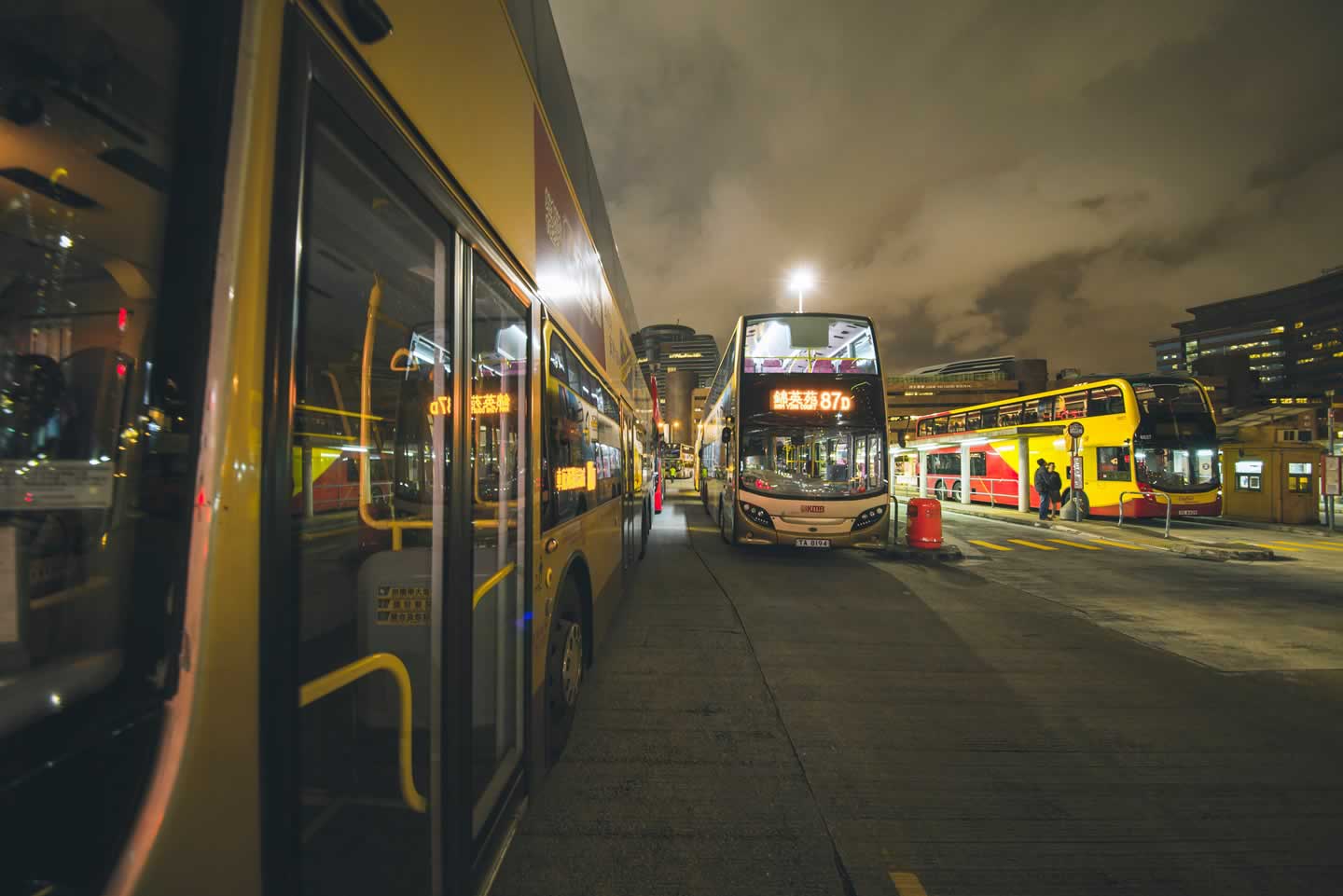Population is increasing gradually resulting to expansion of cities and related infrastructure such as traffic and transport in turn increasing mobility strength and mode. Therefore, there is need for a transport system (Metro, Light Rail Transit and Bus Rapid Transit) which will be able to transport large numbers of passengers within little duration of time. Unprecedented growth of personal vehicles, Traffic Congestion and Time saving are some of the drivers for MRT
MRT systems may be categorized in terms of:
- Their technology (bus or rail based); influences aspects of service quality, capacity,
ability to segment the market and cost. - Right-of-way exclusivity; determines speed and reliability.
- Grade separation; allows new alignments and strongly influences cost.
- Operational possibilities; this may offer different service qualities and flexibility.
Mass transit options could have benefits such as, but not limited to; reduced air pollution as MRT is an eco friendly transport system, energy efficiency, high carrying capacity, reduced travel time, increased mobility, reduced congestion, reduced travel costs and reducing parking
costs.
BRT as a type of an MRTS is an ideal option for cities considering their first effective public transport system. Using BRT allows city authorities to gain control of public transport provision and regulation for higher quality of service and to plan urban development around the BRT
corridors.
There is growing interest in using Mass Rapid Transit (MRT) to solve urban transportation problems. MRT solutions encourage higher density development and better use of scarce and expensive urban space. Understanding the importance of effectively allocating risk between the public and private parties and developing structures that are flexible and responsive to the public’s needs will power MRTs forward in a rapidly urbanizing world.

